Choosing the Right Crypto API for Your Bot: REST vs WebSockets Explained

As crypto trading automation accelerates into 2025, choosing the right API interface for your bot could be the critical difference between lagging behind or capitalizing on real-time opportunities. But when it comes to REST vs WebSocket crypto APIs, which technology should you select for power, reliability, and performance? This post details the core differences, essential trade-offs, and latest best practices for crypto API comparison, empowering you to make a technical, mission-aligned decision for your next-generation trading bot.
REST and WebSocket: Core Concepts for Crypto APIs
To understand which API protocol is optimal for your crypto bot in 2025, let’s clarify what REST and WebSocket actually do—especially in a high-frequency, automation-driven ecosystem.
The fundamental contrast: REST works in a "pull" model (request/response), while WebSockets operate in a "push" paradigm (real-time streams). This distinction plays a major role in how bots interact with exchanges and handle crypto market shifts.
Performance, Latency, and Reliability for Crypto Bots
Performance and data freshness are critical for crypto APIs in 2025. High-frequency or latency-sensitive trading bots depend on receiving accurate, instant data on price movements and order book changes.
Yet reliability considerations persist. WebSocket connections may experience drops, require reconnection logic, and occasionally miss events during high network volatility. REST, while slower, may provide more consistency under unstable conditions.
Scalability, Security, and Use Cases in Crypto API Comparison
Your crypto bot’s requirements—frequency of updates, types of orders, and compliance frameworks—may drive the API choice. Here’s how REST and WebSocket compare across scenarios relevant in 2025:
Security-wise, REST can offer granular access controls per endpoint. WebSockets, though encrypted, have unique session management and timeout considerations—especially important for bots managing real funds.
Key Trends for 2025: Making the Right Choice for Your Bot
In the ever-evolving crypto automation landscape, developers and researchers are seeing:
Ultimately, the “better” API depends on your bot’s profile: Speed-critical, event-driven bots gravitate to WebSockets, while research bots or those trading on daily signals may remain with REST. Many leading bot frameworks in 2025 offer seamless switching or even run hybrid workflows for best-in-class resilience.
Practical Tips for Comparing REST vs WebSocket Crypto APIs
When evaluating crypto APIs for your bot or automation project, consider these practical criteria:
Above all, test API performance in real-market scenarios—using sandboxes or historical replays—to ensure your bot’s architecture is future-proofed for 2025 volatility and growth.
Build Smarter Crypto Apps & AI Agents with Token Metrics
Token Metrics provides real-time prices, trading signals, and on-chain insights all from one powerful API. Grab a Free API Key
FAQ: REST vs WebSocket Crypto APIs for Bots in 2025
What are the main differences between REST and WebSocket APIs?
REST APIs use isolated request/response cycles and are suited for infrequent or simple queries. WebSocket APIs sustain continuous, two-way connections for real-time market data updates. The choice depends on whether your bot needs static or streaming data.
Which API type is better for real-time crypto trading bots?
WebSocket APIs are preferred for real-time trading bots due to their lower latency and ability to push instant data updates. However, implementation complexity and stability must be considered.
Can I use both REST and WebSocket in the same bot?
Yes. Many bots use REST for account management or trade execution and WebSocket for live data streams. This hybrid approach leverages the strengths of each protocol.
Are there security differences between REST and WebSocket crypto APIs?
Both protocols utilize SSL encryption and API key-based authentication, but WebSocket sessions require more careful management and regular re-authentication to prevent stale or hijacked connections.
How do I choose the right API for my crypto bot?
Assess your bot’s use case—speed versus reliability, frequency of queries, data intensity, and integration requirements. Testing both protocols with your trading logic is recommended for optimization.
Disclaimer
This content is for educational and informational purposes only. It does not constitute investment, trading, or financial advice. Past performance and API platform capabilities are not guarantees of future results. Always perform independent research and technical due diligence before building or deploying trading bots or utilizing API-based automation tools.

Create Your Free Token Metrics Account




Create Your Free Token Metrics Account





.png)
Power your platform with Token Metrics API
Access real-time crypto data, analytics, and grades.
Get Your Free API KeyCreate Your Free Token Metrics Account


Create Your Free Token Metrics Account














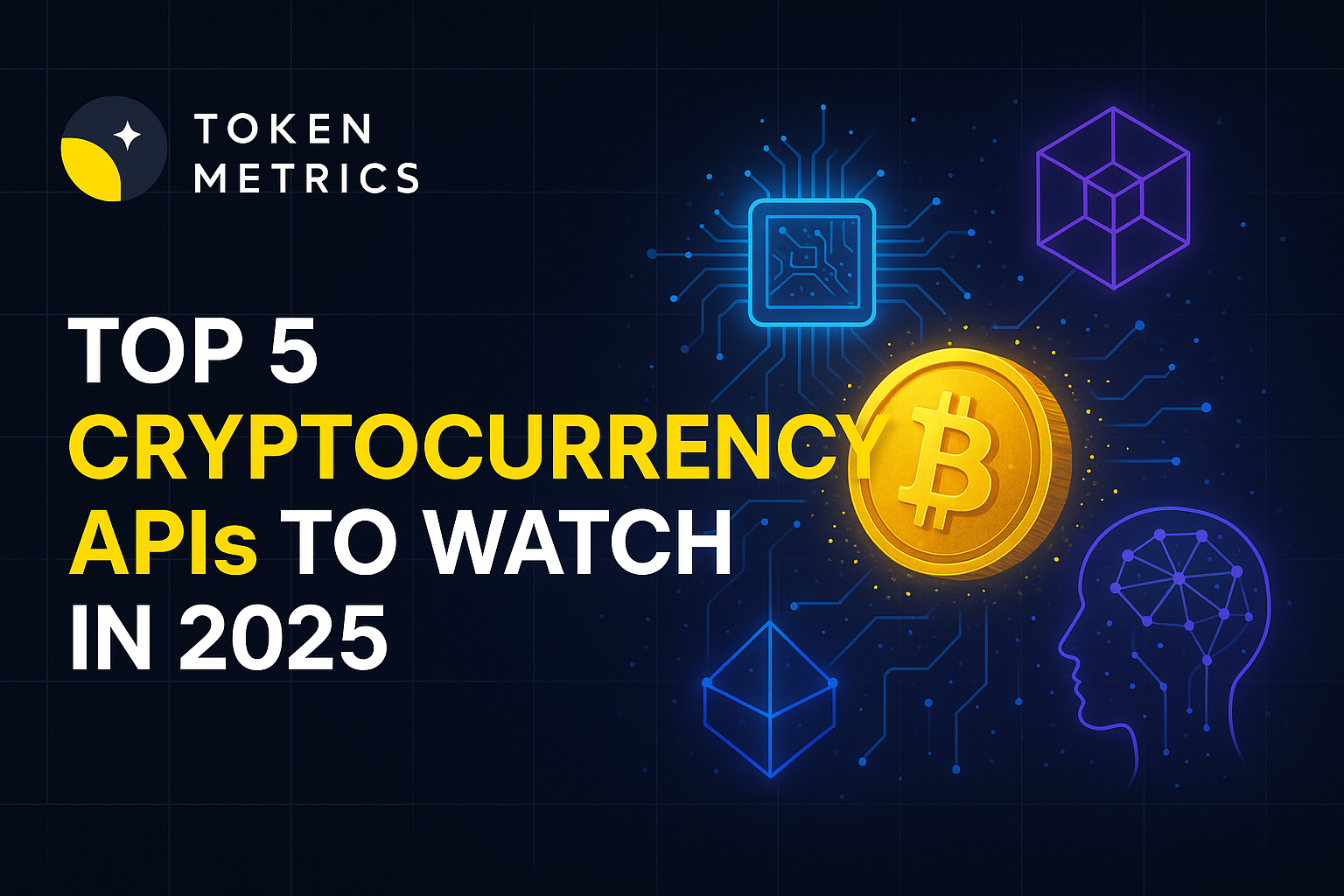
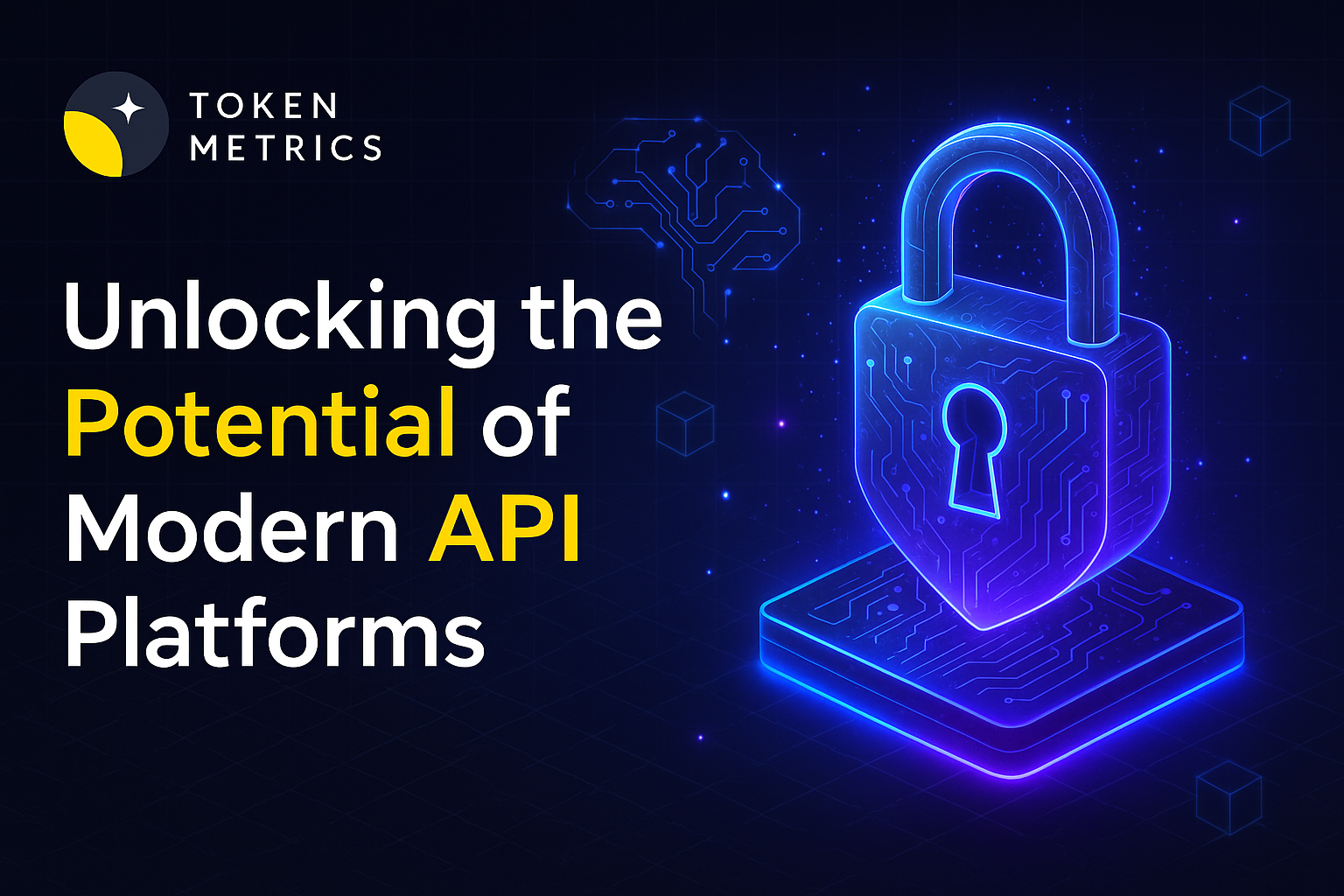
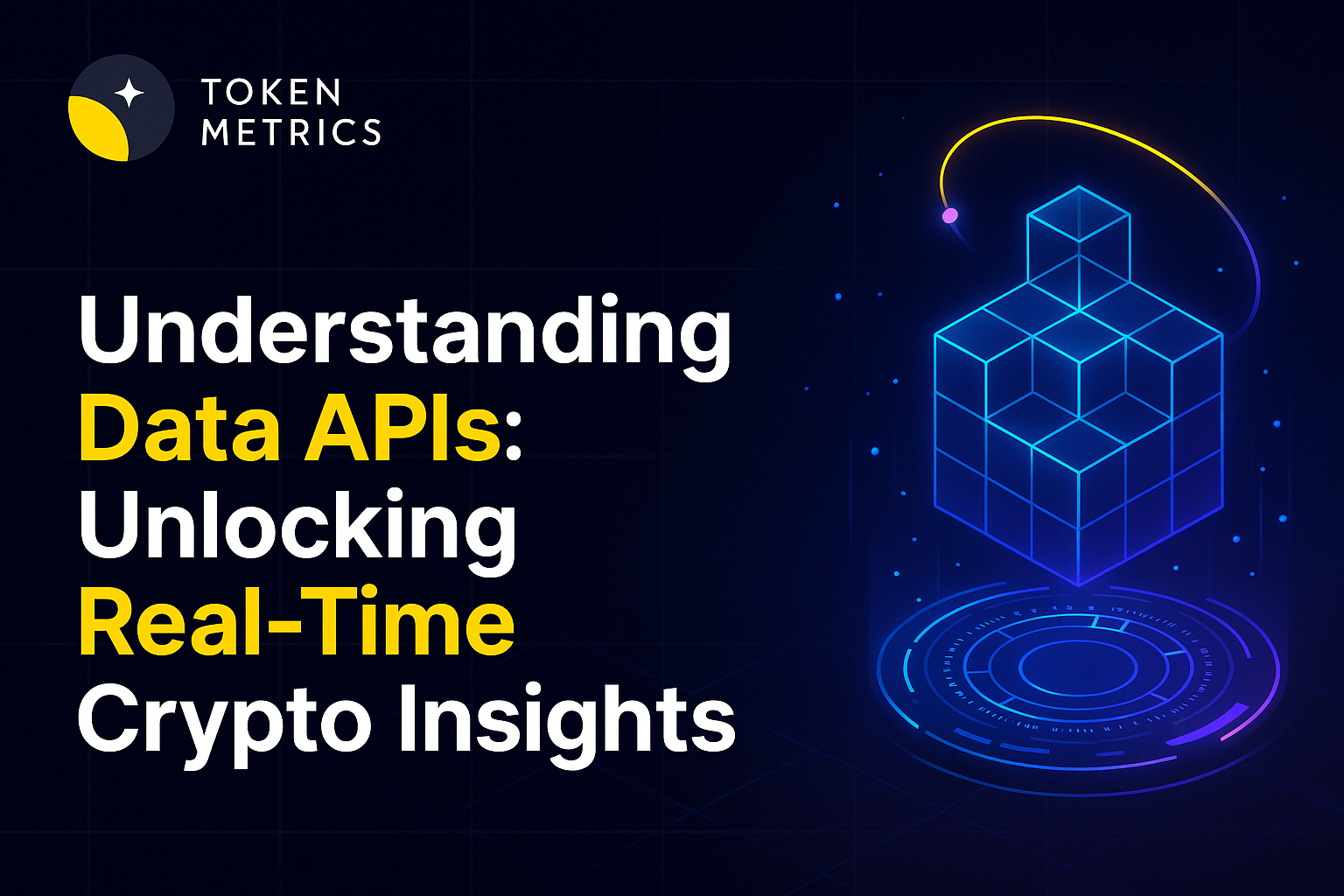
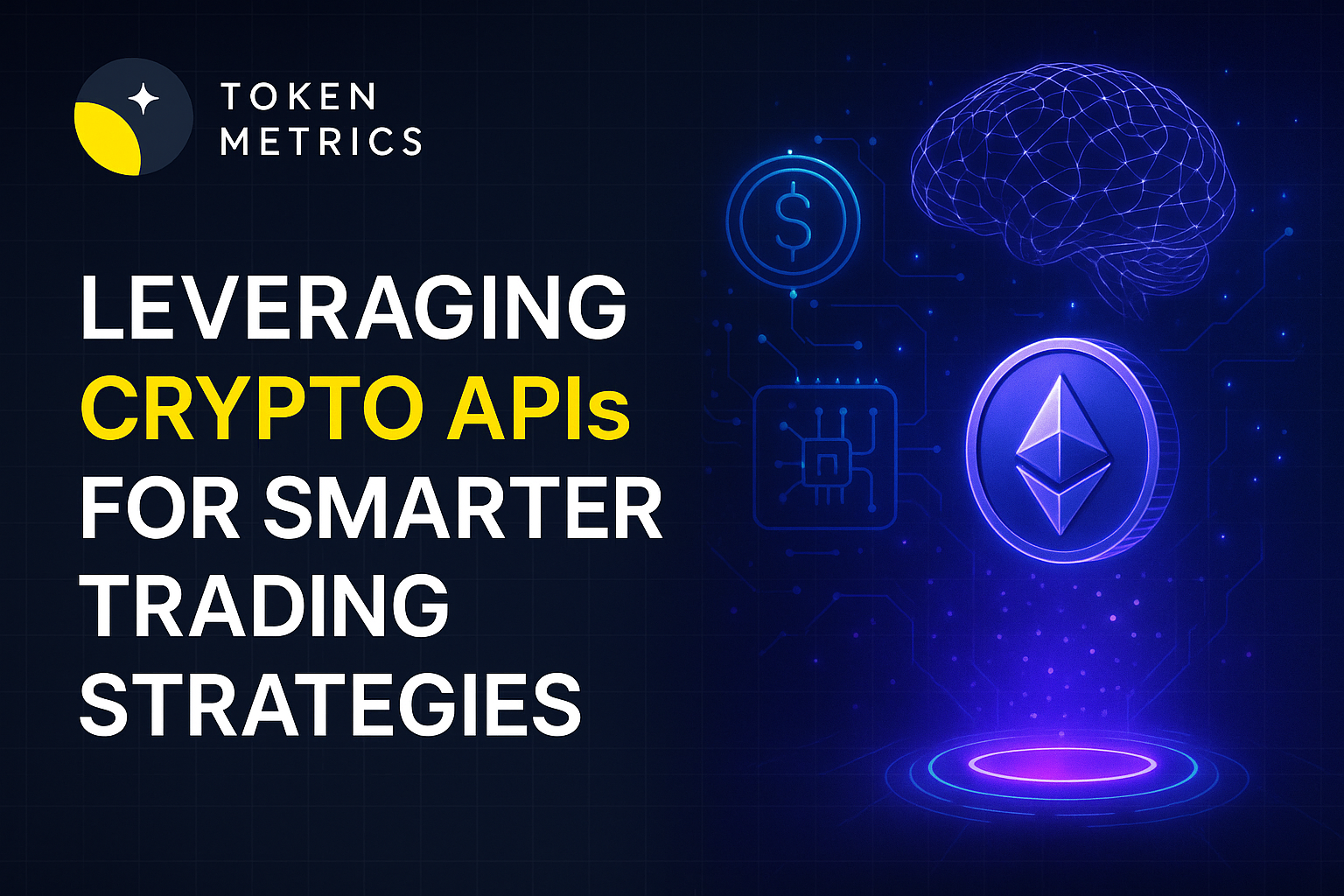
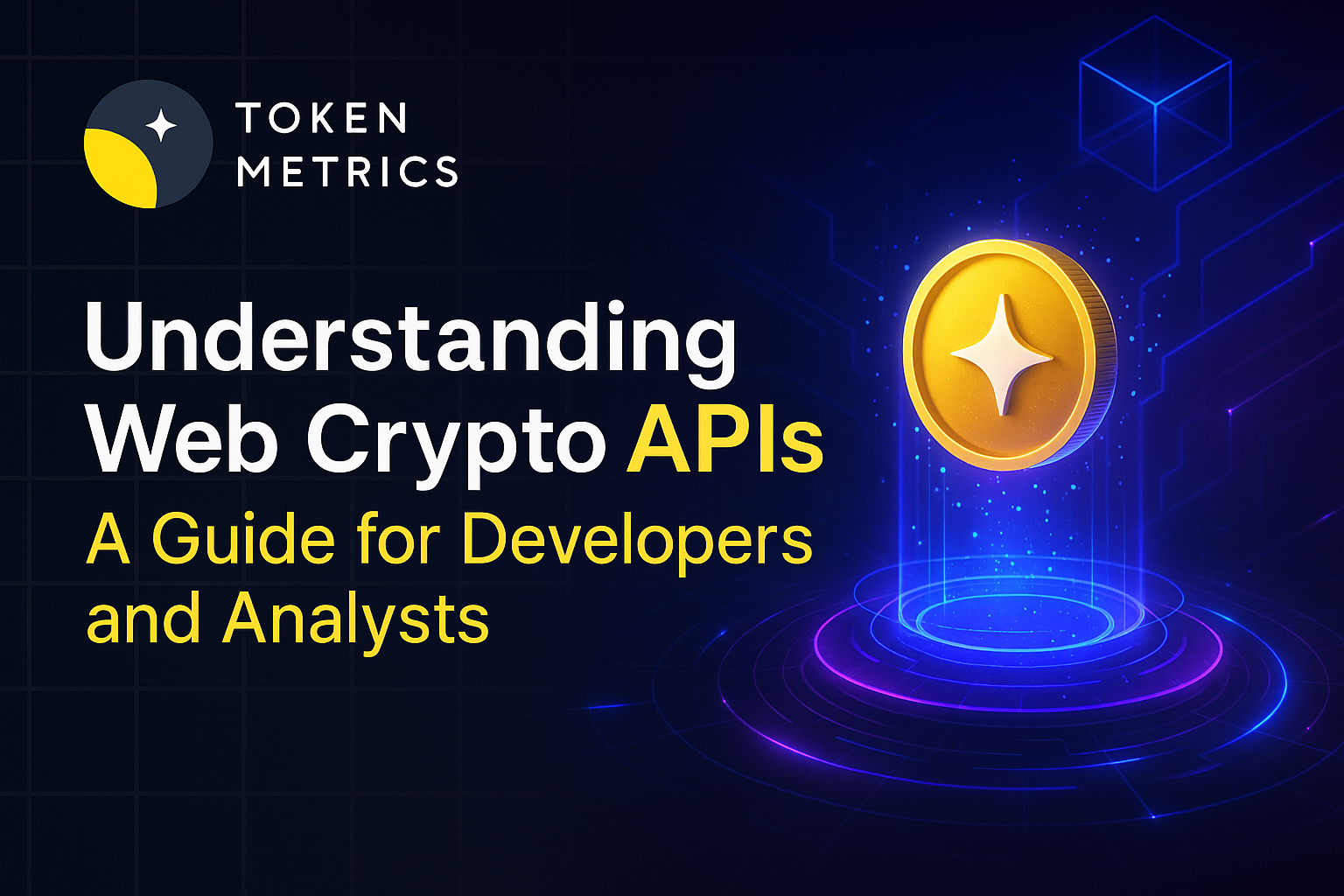


.svg)




.png)